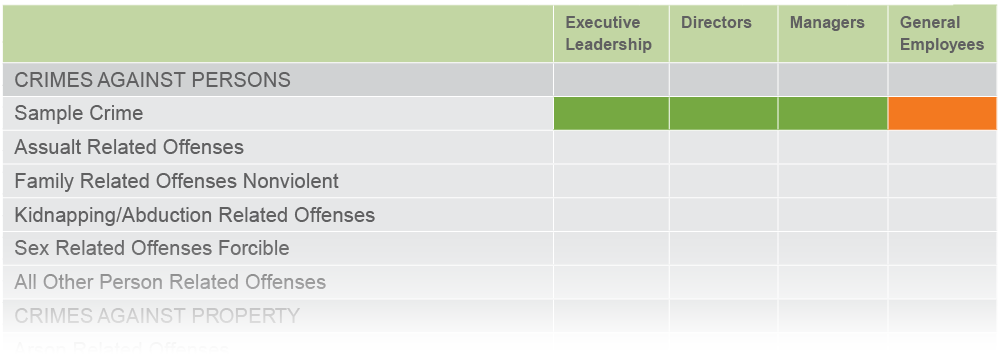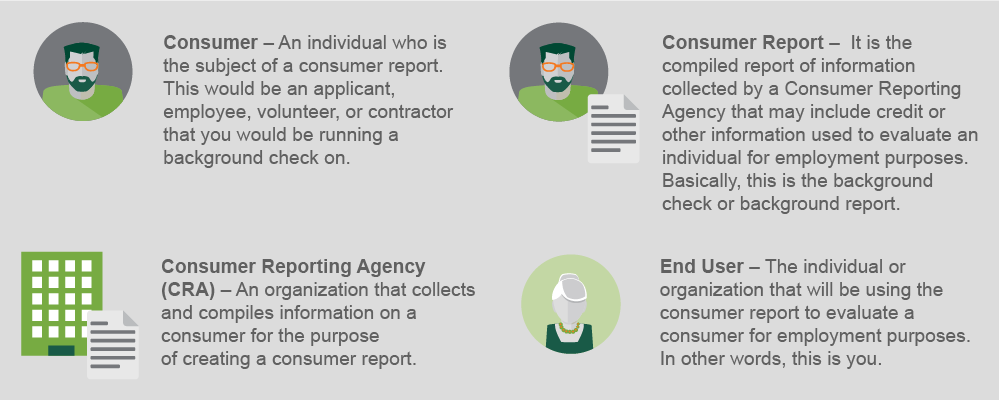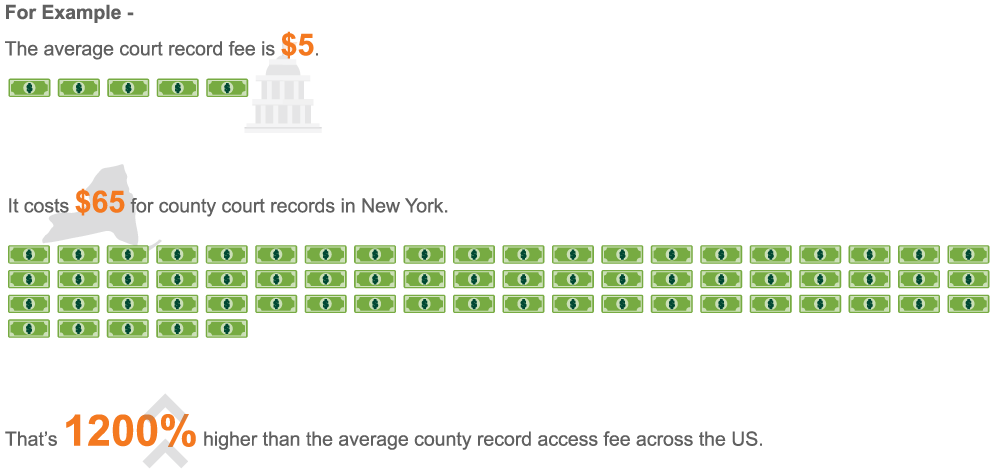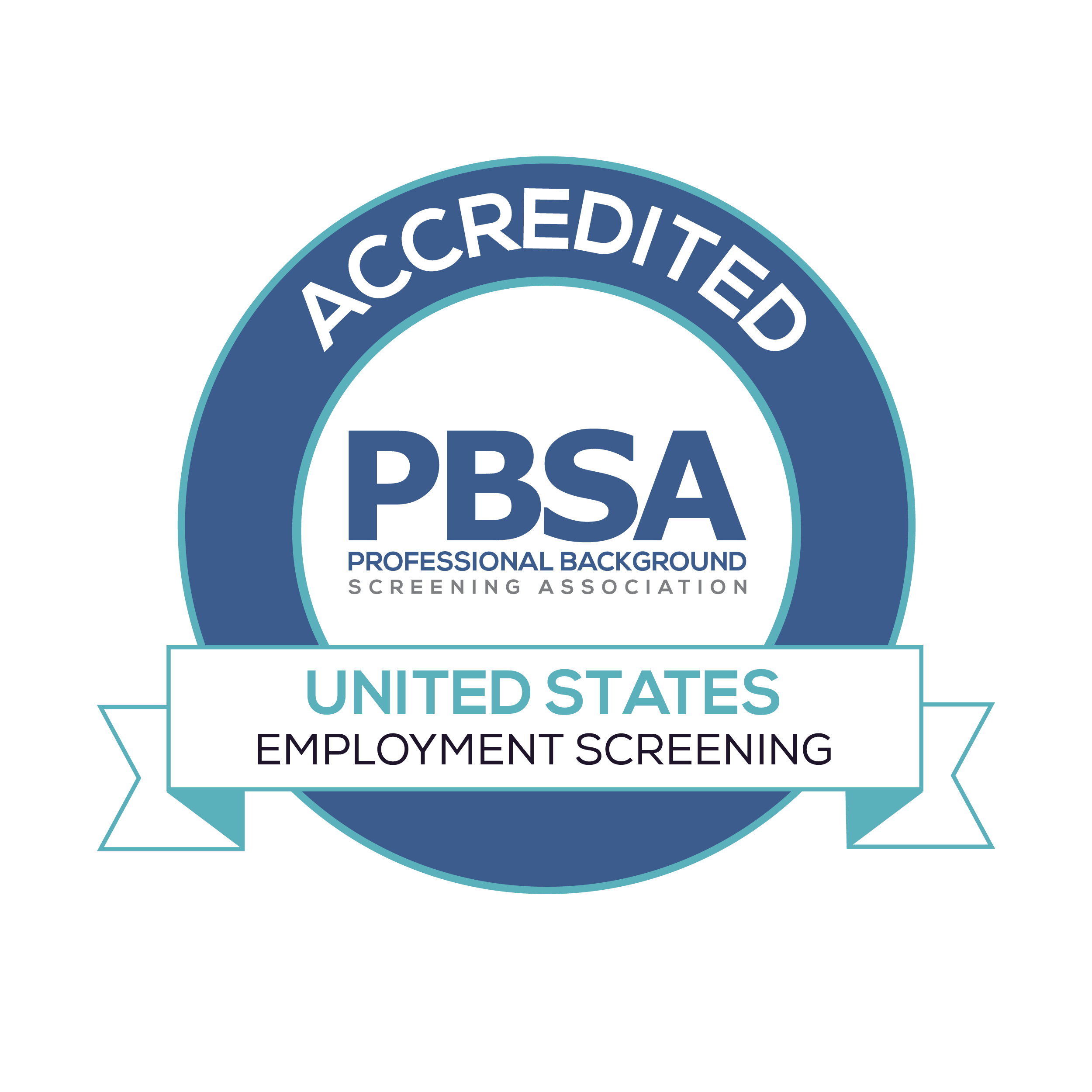Chapter One: Crafting a Policy That Fits Your Organization
Creating a background check policy may seem daunting but it’s a crucial step to expedite the screening process in a compliant way. Every organization is different and all have unique screening needs. As such, don’t settle for a cookie cutter policy. Take care to think about what your needs are when getting started on creating your employment background check process.
The Fair Credit Reporting Act
Understanding the regulatory environment that employment screening firms operate under will help you on your way to expediting the screening process. By developing a policy that accounts for the different nuances of regulatory requirements, you’ll be well equipped to keep your applicants informed and keep the ball rolling if there’s a need for additional information.
As the name implies, the Fair Credit Reporting Act (FCRA) was originally established to grant consumer protections to those entering into credit related transactions. The statute also created regulatory standards and general operating procedures for companies conducting business with these consumers. Shortly after the FCRA’s adoption, the interpretation of the statute was expanded to include the background screening industry.
Employers who screen employees, applicants, volunteers, or contractors using a CRA are required to follow the end user requirements of the FCRA. Basically, any time you run a background check/pre employment check on an individual for employment purposes, the FCRA applies.
Your company’s policy
Having a company policy in place gives clarity to a background check. It allows you to know exactly what to look for on the report for a potential or current employee. For example, if there is a home cleaning company that requests a background check on a potential employee and a “hit” comes back that reveals that the potential employee has been arrested for home burglary, then your company policy should tell you whether or not that offense is acceptable for that position. Having a company policy in place and using a screening agency that gives you accurate and detailed consumer reports is key to the success of your company to ensure you’re making the best hiring decisions, but to also provide your company with a defense if you ever have to turn away a potential employee. The key is to think about your organization and how particular offenses could impact the nature of business that you can conduct.
What goes into creating a company policy?
Before starting the background screening process, it is crucial that you create a policy that outlines the purpose and scope of your program. The following questions are meant to help shape the foundation of your policy, but are not enough by themselves to create a legally defensible policy.
Purpose
Why do you need to run background checks on applicants, employees, etc.?
Scope
What’s included in a background check for employment? Who will have a background check run on them and how often? What types of background checks will you run? (County Criminal Records, Employment Verification, Credit History, etc.) How will the information be used? How will it affect employment opportunities? Will you use background screening companies for your background checks? If so, which agency? How will you handle disputes and verify the accuracy of information in a report?
| Always consult legal counsel before implementing a new employment screening policy. We advise that you consult with an attorney who is well versed in the Fair Credit Reporting Act and Labor/Employment Law. |
Procedures
You will also want to list out the compliance steps for following the Fair Credit Reporting Act. (Don’t worry, we’ll get to that)
A decision matrix is a form with a list of offenses that a company reviews to standardize which offenses are acceptable or not. When filling out the decision matrix, you base your decision on unique needs of the organization and all applicable federal, state, and municipal laws and regulations. Once you have created your decision matrix your company can begin to create a policy.
Need a decision matrix? Check out an example below, and download our full decision matrix template.

Download Now »
Supervisor Training
Once you’ve created a polished background screening policy, you’ll need to train those who will be involved in the hiring process on how to follow it. For managers and supervisors, it’s especially important to train on how to appropriately interpret background information in a way that doesn’t violate your policy. Consistency is key. You don’t want to have your managers independently determining the severity of different offenses. Rely on your decision matrix to keep everyone aligned.














